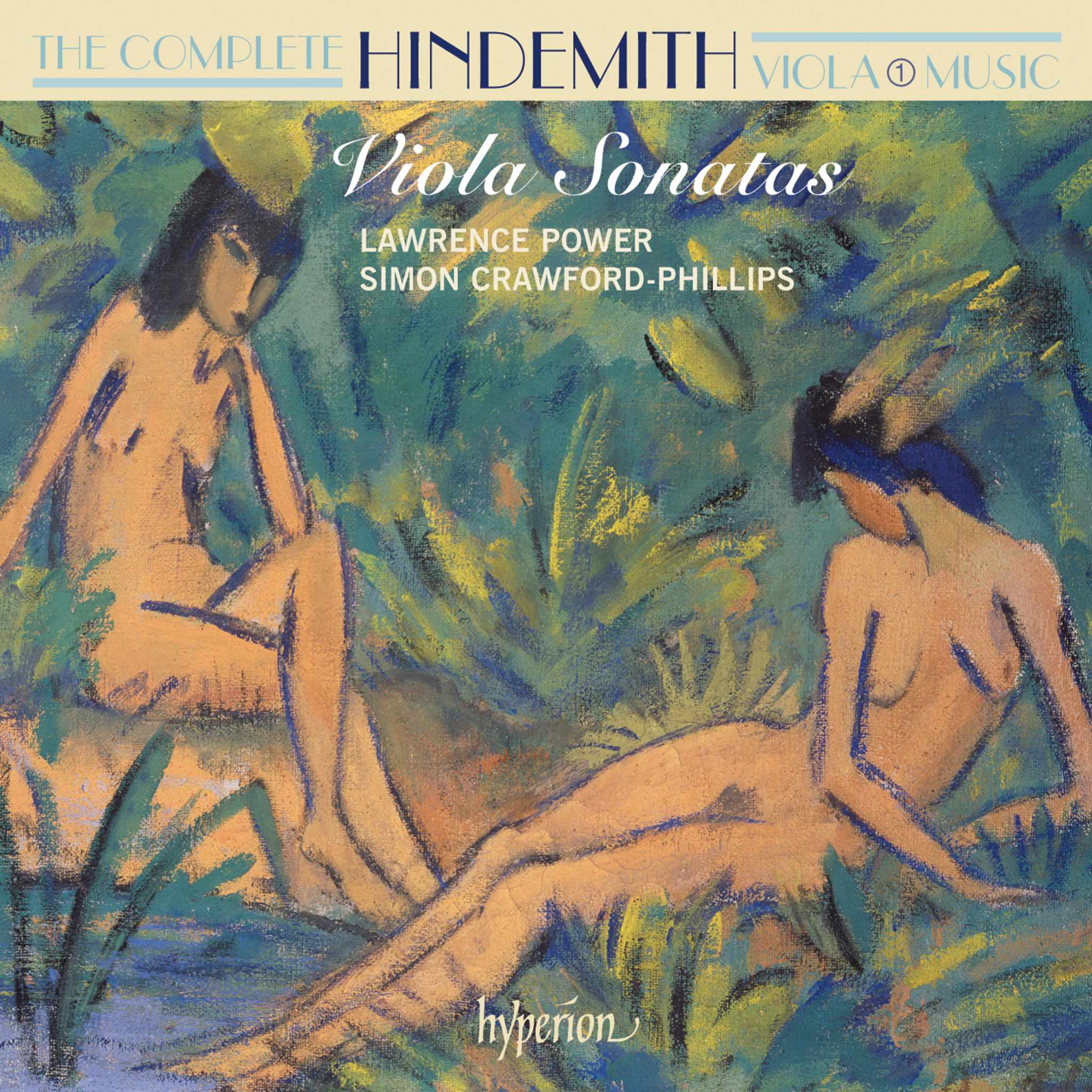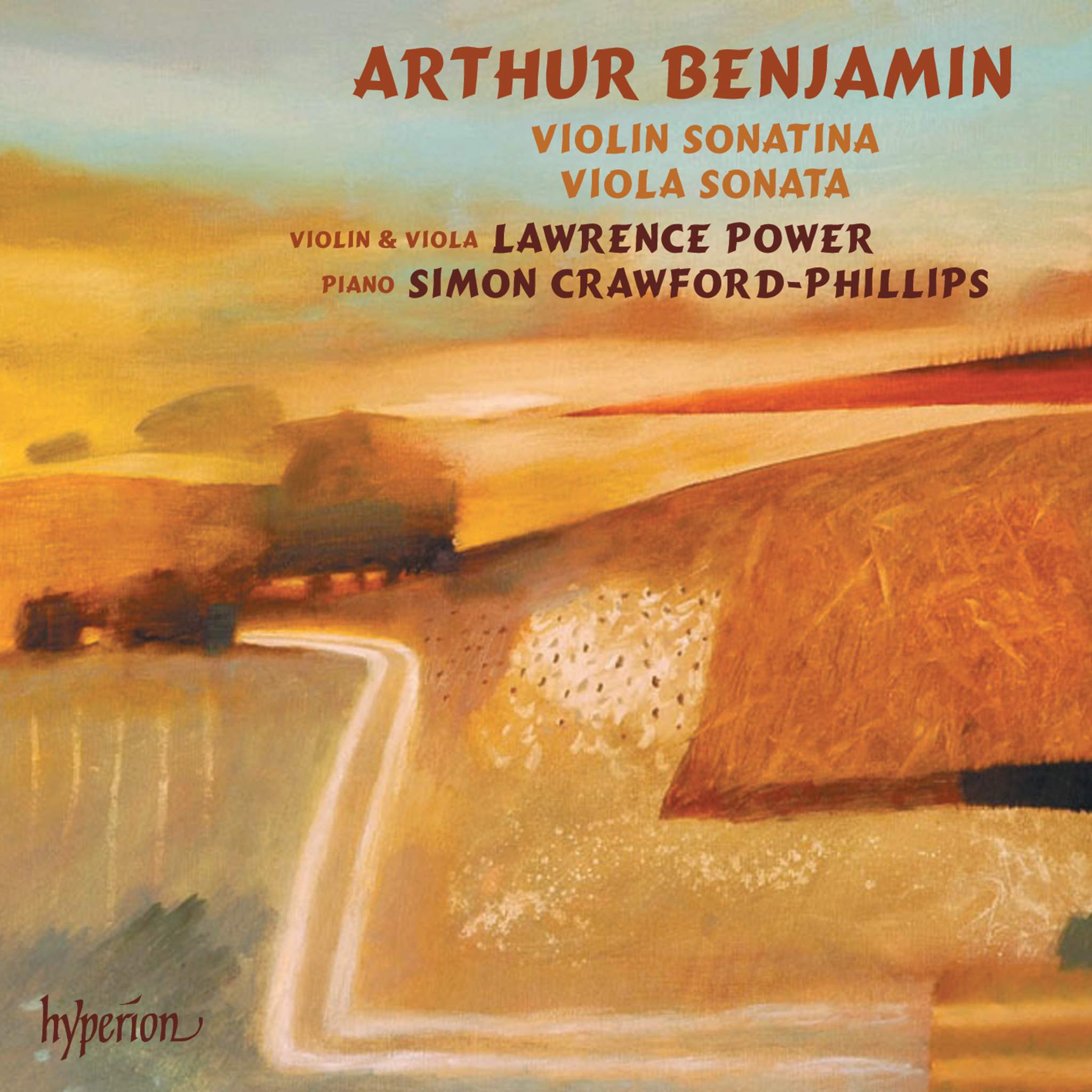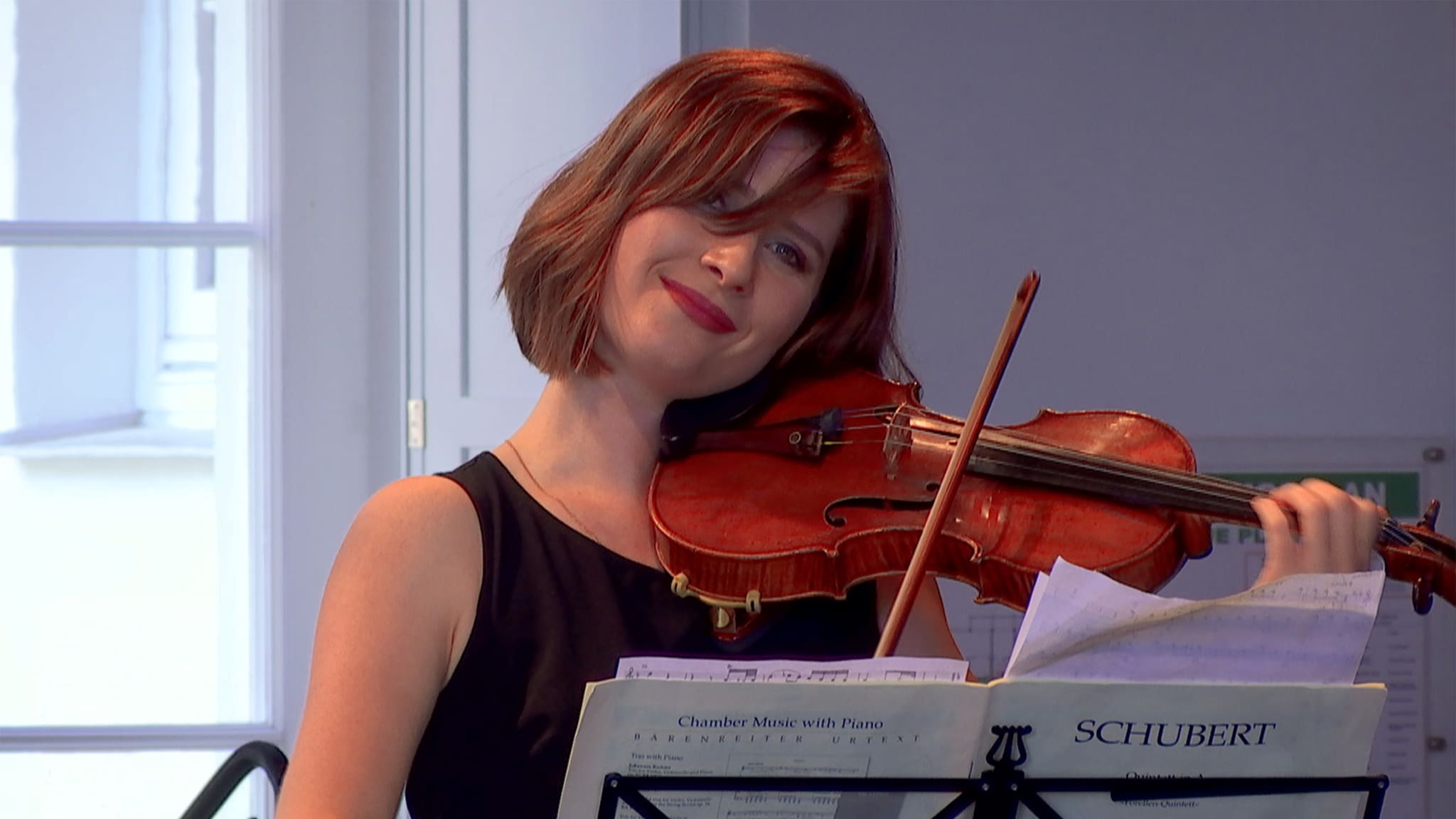Album insights
In 1580, the renowned Munich composer Orlando di Lasso wrote a letter to the Elector of Saxony suggesting suitable candidates for the vacant position of Court Chapel Master. Lasso, while declining the Dresden position, highlighted his advantageous situation under the Duke of Bavaria. He carefully pondered on individuals with exceptional musical abilities, reliability, and diplomacy, pinpointing several Dutch candidates employed at other Central European courts, reserving particular praise for composer Jacobus Regnart at the Prague court under Emperor Rudolf II.
Regnart's collections of secular music had been bestsellers, leading to his promotion to Vice Chapel Master at the imperial court, indicating a promising future. However, when the offer for the Dresden position arrived, Regnart also declined, possibly due to religious differences as a devout Catholic, a factor delicately avoided in Lasso's letter. Regnart chose to remain in Prague, later moving to Innsbruck to support Archduke Ferdinand II's efforts in reviving Catholicism in the region.
During the 1580s and 90s, Regnart primarily composed sacred music at Ferdinand's court in Innsbruck, aligning with the Archduke's fervent Catholic initiatives. Regnart stayed connected with his former colleagues at the imperial court, returning to Prague post-Archduke's demise in 1595 with unpublished polyphonic Mass settings, preparing them for publication.
Among these settings were the polyphonic Masses recorded here, drawing musical material from revered German Easter hymns rather than contemporary polyphonic compositions, typical for the late 16th century. One such hymn, "Christ ist erstanden," traced back to the 12th century, evolving into a three-stanza song by the 15th century and deeply embedded in the Easter festivities.
"Freu dich, du werthe Christenheit," originating from the 15th century, exudes grandeur with a diverse melodic structure. Both hymns were featured in the Catholische Gesangbüchlein, printed in Innsbruck in 1588 with Archduke's approval, emphasizing the significance of singing praises in one's native language within the Catholic tradition.
Regnart masterfully interlaced these popular hymns into the polyphonic fabric of the Mass, harmonizing Latin texts with German melodies, resonating with a broad audience. His skillful adaptations of these hymns showcased his musical prowess, echoing the joyous Easter promise and emphasizing the centrality of faith in his compositions.
Maria fein, du klarer Schein is an anthological portrayal of Regnart's profound influence on a range of traditional hymns, underscoring his popularity and innovative approach by recontextualizing Italian love songs into spiritually uplifting compositions. His deliberate fusion of light-hearted melodies with profound spiritual texts reflected an understanding of the power of music in engaging both the learned and devout.
Regnart's untimely death in 1599 left his unfinished Mass compositions unprinted, a task undertaken by his widow Anna, a musically trained individual who oversaw the printing of three volumes in Frankfurt. These volumes, dedicated to influential Catholic leaders, including Emperor Rudolf II and Archduke Ferdinand of Austria, served as a testament to Regnart's enduring legacy in the realm of sacred music composition.








